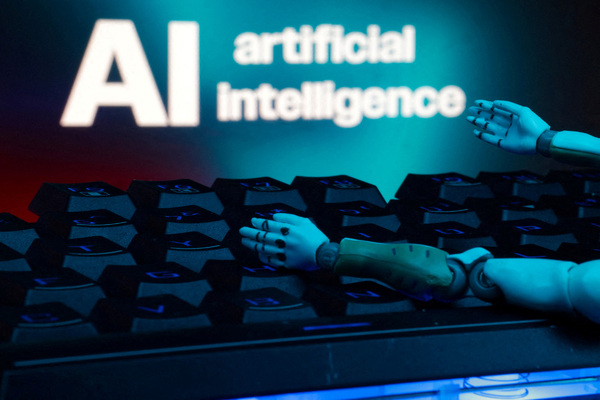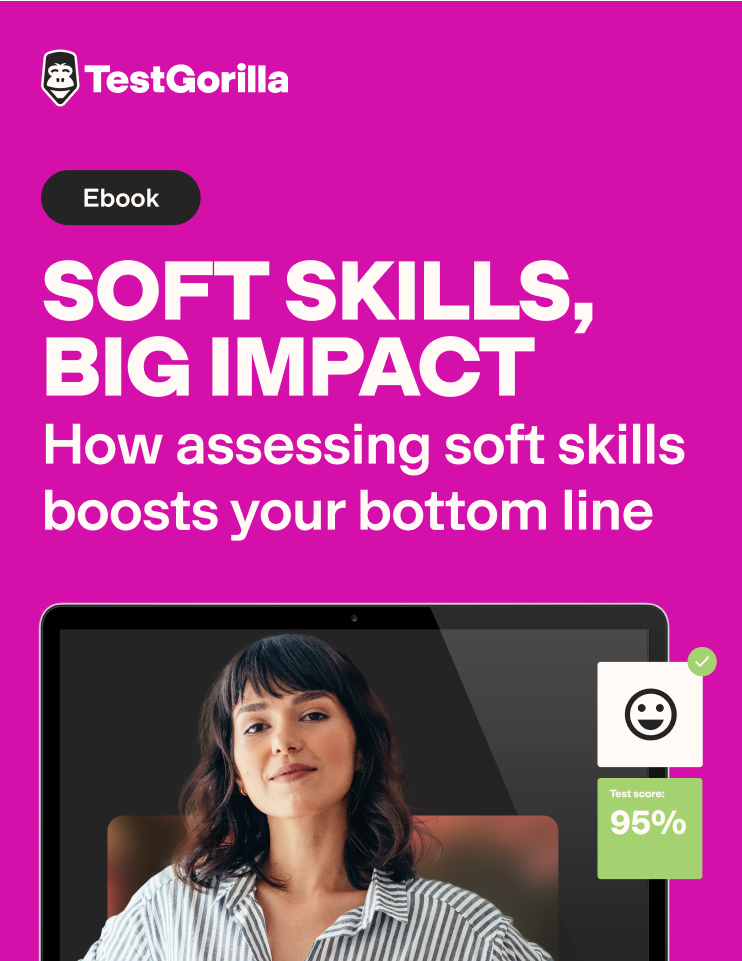Talent or technology? Harnessing AI for global growth

Nat Natarajan at G-P argues that adopting the right AI technology can help attract and retain top talent
AI is an increasingly key topic across boardrooms and everyday conversations. In fact, recent research from G-P found that nearly two-thirds (65%) of businesses see AI as crucial for both operating and staying competitive globally. Additionally, 84% of businesses plan to increase their investment in AI within the next year.
Despite its potential, there remains considerable uncertainty about applying AI effectively. Nearly all executives (97%) had concerns regarding their AI strategies, with two-thirds fearing financial repercussions from incorrect AI usage. Less than 2% believe their organisation has the necessary talent to successfully implement and monitor AI.
While AI can significantly enhance business operations, realising its full potential requires the right strategies, people, and processes, alongside effective risk mitigation. So, what essential steps should business leaders take to compete effectively on a global scale?
Get the basics right first
G-P’s report found that 62% of executives worry about adopting AI too quickly without adequate resources and strategies – much more than those concerned about delaying AI adoption and falling behind competitors (38%).
While businesses shouldn’t simply adopt AI for AI’s sake, many organisations are now investing more in AI technologies than in their workforce, with nearly 60% of executives admitting they allocate more funds to AI than to hiring and retaining employees.
The risk of this approach is that prioritising AI over talent can lead to significant deployment and adoption challenges. Given AI’s complexity, organisations that invest properly in their workforce through strategic hiring and upskilling initiatives will be better positioned to thrive in today’s fast-paced business environment.
Preparing the business for AI adoption
Unfortunately, many leaders are failing to adequately prepare their employees for AI adoption. Only 57% of executives are actively mitigating AI risks by setting internal guidelines and providing employee training before granting access to AI tools.
Instead, a strategic approach to AI adoption involves careful planning, risk management, stakeholder engagement, and continuous monitoring and evaluation. Following this strategy can help businesses unlock AI’s full potential while mitigating risks, maximising benefits, and fostering a culture of innovation.
Leaders must be clear that AI should not displace individuals or make their roles redundant. Instead, it should enable them to work more effectively by streamlining tasks and increasing efficiency. Training employees to use new AI tools appropriately can foster a culture of continuous learning and adaptability, drive innovation, enhance productivity, and maximise AI benefits.
Attracting talent with innovation
AI plays a crucial role in creating a dynamic and flexible work environment. Successfully deploying AI can enhance human capabilities and drive organisational growth. In particular, the new generation entering the workforce, known as ’Gen Global,’ is particularly receptive to AI’s transformative potential in the workplace.
Gen Global typically values professional growth, personal development, and flexibility in work location and hours, believing that technological progress is key to achieving these aspirations. By automating routine tasks, AI allows employees to focus on more strategic and creative aspects of their roles, enhancing job satisfaction and promoting a culture of innovation.
Organisations that effectively implement AI are more likely to attract and retain talent, as the new generation expects workplaces to use technology for improving business processes and employee experience.
Leveraging AI for global growth
Business leaders are eager to implement AI but often struggle to identify the best use cases. Many believe AI can be applied broadly, but this can lead to a lack of strategic clarity and ineffective implementation.
AI can be vital for scaling businesses and building teams worldwide. Organisations entering new markets face challenges like understanding local regulations, managing diverse teams, and mitigating risks. AI-driven global growth technologies can be instrumental in these instances by flagging changing laws and regulations. This helps businesses align with local labour laws and mitigate in-country risks, thus enabling informed decision-making.
AI analytics tools can also help identify opportunities, such as countries with the best talent for specific industries and regions with favourable regulatory environments. For example, a tech company might find India rich in skilled developers, while a financial services firm might see Singapore as a supportive environment for fintech innovation.
AI can also determine optimal growth locations in terms of geography, business units, product lines, or specialised teams. A retail company expanding its e-commerce operations might use AI to analyse global market data and identify regions with high online shopping growth rates.
Harnessing the potential of AI
To fully harness AI’s potential, companies must adopt a strategic approach that includes investing in both technology and people.
This involves implementing AI tools appropriately while also ensuring employees are supported and trained to use these technologies effectively. Establishing a culture of innovation, addressing employee concerns, and creating a dynamic work environment are crucial steps. By doing so, businesses can achieve greater efficiency, drive organisational growth, and remain competitive in an AI-driven global market.
Nat Natarajan is Chief Product and Strategy Officer at G-P (Globalization Partners)
Main image courtresy of iStockPhoto.com and Blue Planet Studio

Business Reporter Team
Related Articles
Most Viewed
Winston House, 3rd Floor, Units 306-309, 2-4 Dollis Park, London, N3 1HF
23-29 Hendon Lane, London, N3 1RT
020 8349 4363
© 2025, Lyonsdown Limited. Business Reporter® is a registered trademark of Lyonsdown Ltd. VAT registration number: 830519543





